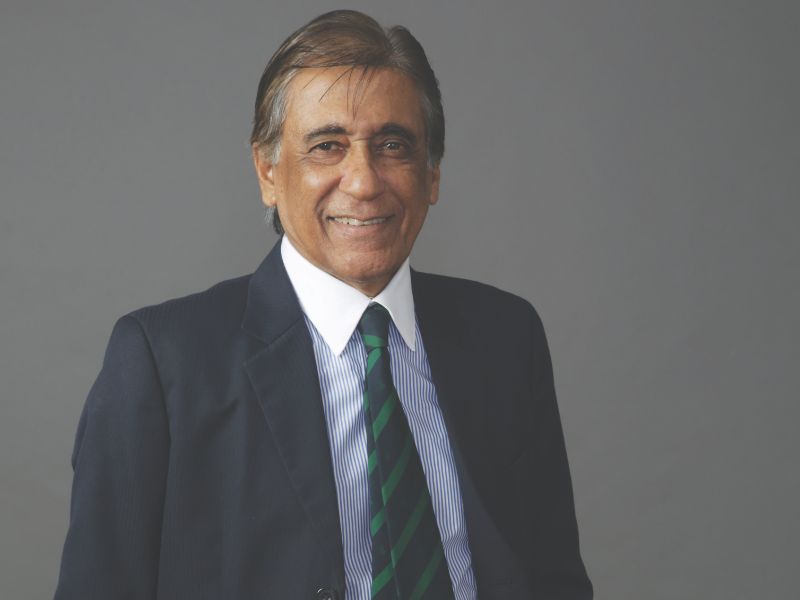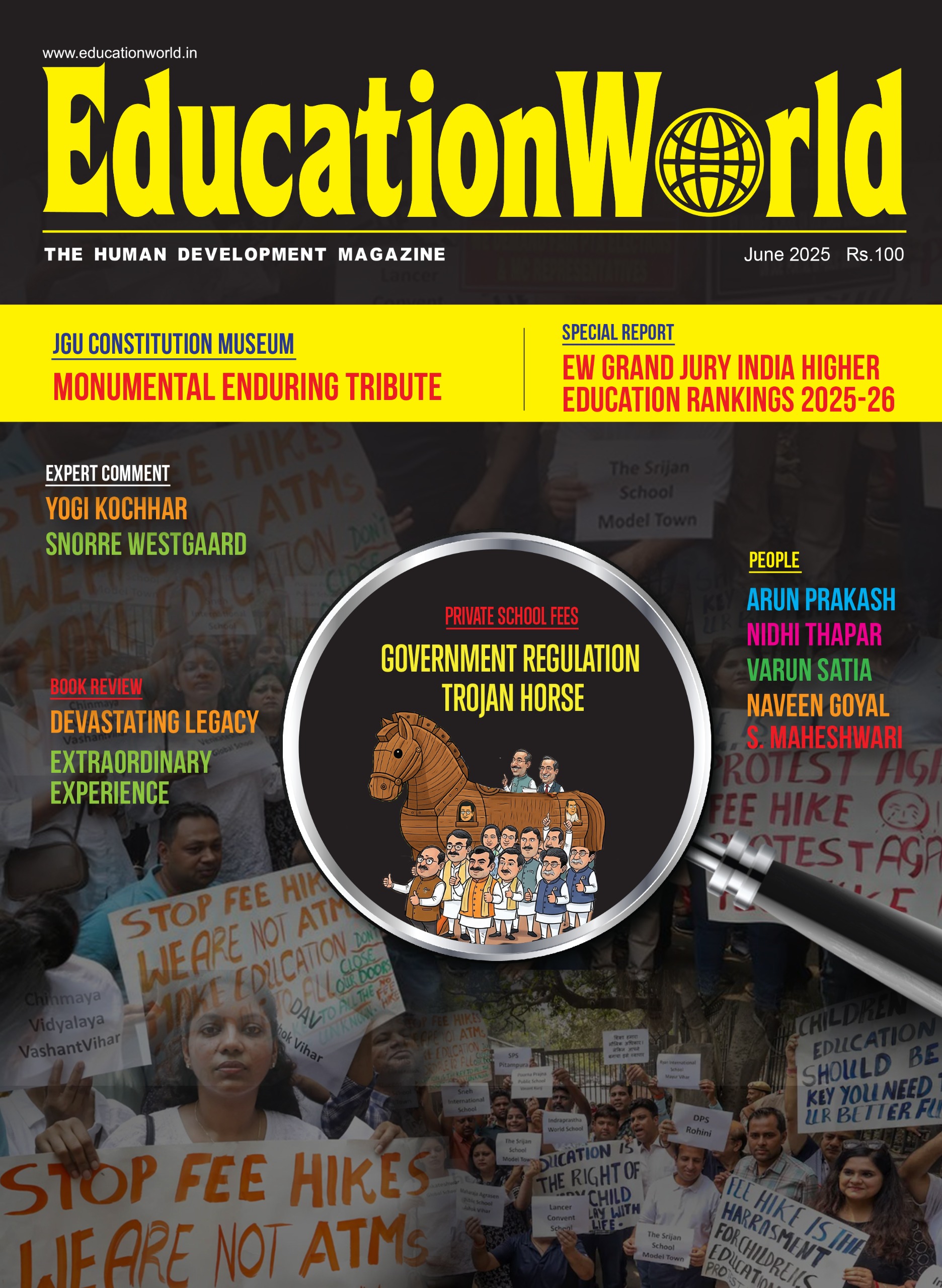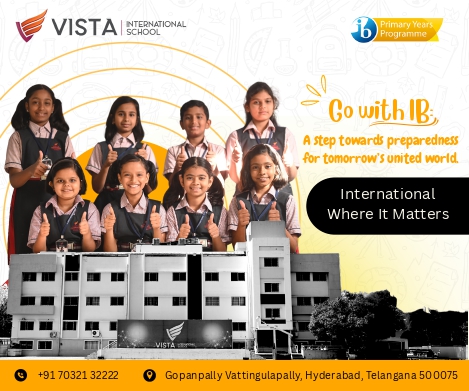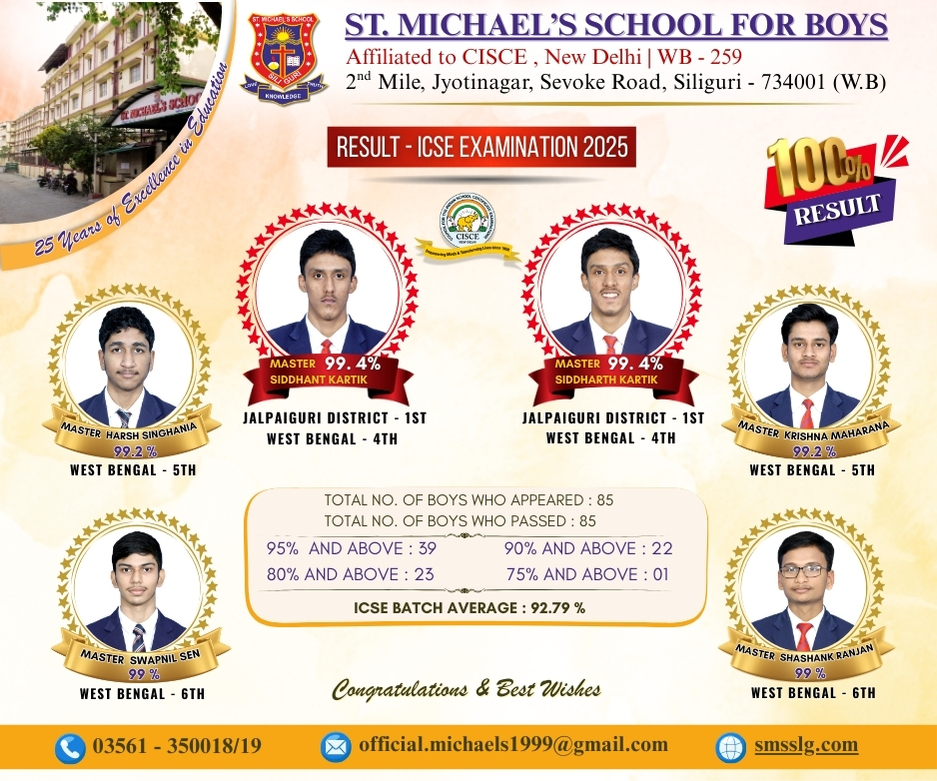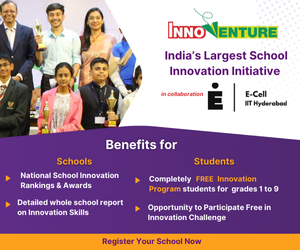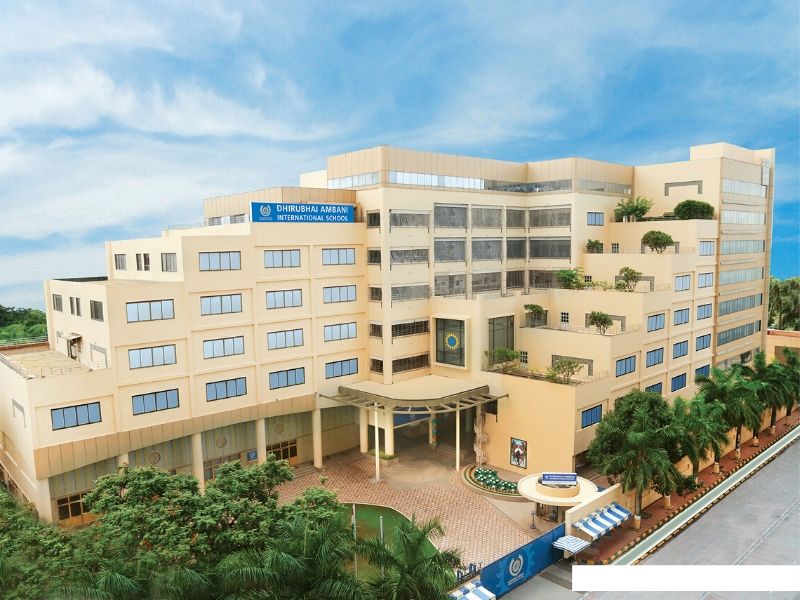There’s no shortage of media pundits in India who opine that the days of print magazines are numbered because of the online digital revolution. That’s at best only a half-truth because the best print mags have cashed in on the digital revolution to offer easy online access to the print version at digital only and print plus digital prices. Ditto EducationWorld which goes one better. Subscribe for the digital version and you also get the print edition free-of-charge (applicable to domestic subscribers only).
Perhaps the new digital world’s most successful, vintage magazines which have brilliantly ridden the threatening tidal wave of instant global connectivity to carve out huge global readership are the New York-based Time Magazine (estb.1923) and the London-based The
Economist (1843).
EW is nowhere near the same league in terms of information gathering and analyses mainly because of inadequate bench strength because of capital deficiency. But we are a work in progress.
A good example of the information gathering and analysis of Time – which I had for many decades believed had fallen off the global publishing grid – is provided in the June 9 edition. In a report titled ‘The Shift East’, the weekly details the fantastic advances that The People’s Republic of China is making in new technologies and innovations-driven manufacturing, of which I suspect Indian policy formulators, the academy and media have minimal awareness.
In 2001, the number of passenger cars in China numbered 10 million. In 2024, the number of passenger cars annually manufactured in PRC has risen to 27.4 million. Currently, PRC is the world’s largest exporter of passenger cars with 4.9 million motor cars exported around the
world. In new genre EVs (electric vehicles), China’s domestic sales aggregate 66 percent of global sales. In the quarter Jan-March 2025, BYD, the world’s largest EVs manufacturer (ahead of Tesla), produced 416,388 units.
The Time report says this fantastic production capability is driven by “State support, economies of scale and fierce domestic competition”. Provincial governments compete fiercely to incentivize corporates to establish huge manufacturing units within their jurisdiction. Since PRC under the guidance of Secretary-General Deng Xiaoping “took the capitalist road” in 1978 and proclaimed that “to get rich is glorious”, PRC has emerged as the manufacturing hub of the world with the country’s huge advanced technology corporations, supplied by millions of labour-intensive MSMEs (micro, small and medium enterprises) with easy access to credit and ease-of-doing business policies.
Now China is using its dominance in the EVs manufacturing business as a base to emerge as a global leader in Generative AI, Quantum Computing and Humanoid Robotics. Last year 190,000 robotics companies were registered in PRC and this industry’s output is budgeted at $43 billion (Rs.370,870 crore) by 2035.
Meanwhile the number of AI-related cited research papers of PRC last year were 2x of USA. “We believe the Chinese market has the best talent. Every year, there are several million science and technology graduates,” who serve China Inc well, William Li, CEO of NIO Inc, Shanghai, PRC’s top EV batteries manufacturer, told Time correspondent Charlie Campbell.
In the latest Times Higher Education 2025 global ranking of universities, seven Chinese universities are ranked among the Top 100 and 2 among the Top 50. India’s top-ranked university is Indian Institute of Science, Bengaluru ranked #251-300. Regrettably few within
the Indian establishment believe that new knowledge and disruptive, game-changer technologies are – or should be — ideated in the country’s universities and HEIs (higher education institutions).
Therefore instead of being granted full autonomy and freedom to joyfully experiment, create new knowledge and ideate game-changer technologies, India’s 47,000 colleges and 1,168 universities are subject to tight regulation by the anachronistic UGC (University Grants
Commission). And although the new National Education Policy 2020 recommends gradual autonomy for all HEIs, it contradictorily mandates the establishment of over a dozen government committees (SSA, SSRA, HECI, NAS, UGC and AICTE) to supervise and regulate schools and HEIs.
Yet perhaps all is not lost. A new generation of highly-learned, visionary, go-getting and unsung HEI leaders – Chancellors, Vice Chancellors, Presidents, Deans – have shed traditional diffidence and are providing new industry-aligned, research innovation-driven education to a large and multiplying number of youth in mainly private universities across the country.
The syllabus and curriculum rejuvenation, new pedagogies and plans of 25 outstanding HEI leaders set to leapfrog their universities into the ranks of the world’s best, will be outlined in the next (July) issue of EducationWorld.
For the past seven decades, The Academy has been a passive observer of post-independence India’s disappointing national development effort. I believe the time has come for the academy to become actively involved – perhaps lead – the race towards Viksit Bharat and attaining the $30 trillion target set for 2047.
Also read: DILIP THAKORE: DIRECT TALK | At last. Plain speaking about NEP 2020
Posted in DILIP THAKORE: DIRECT TALK













